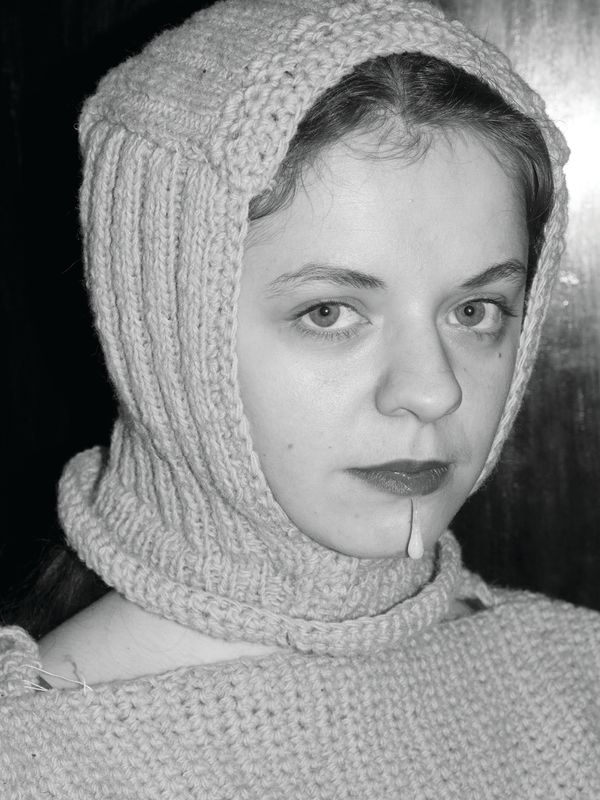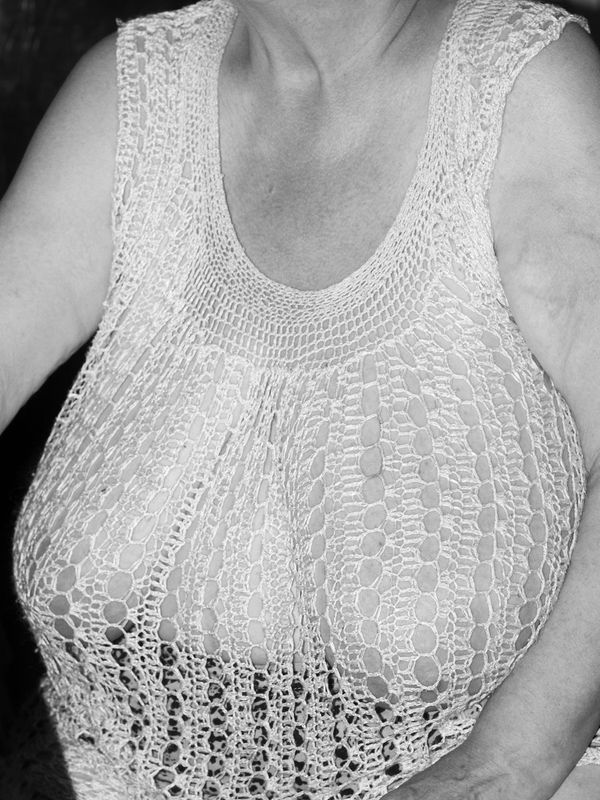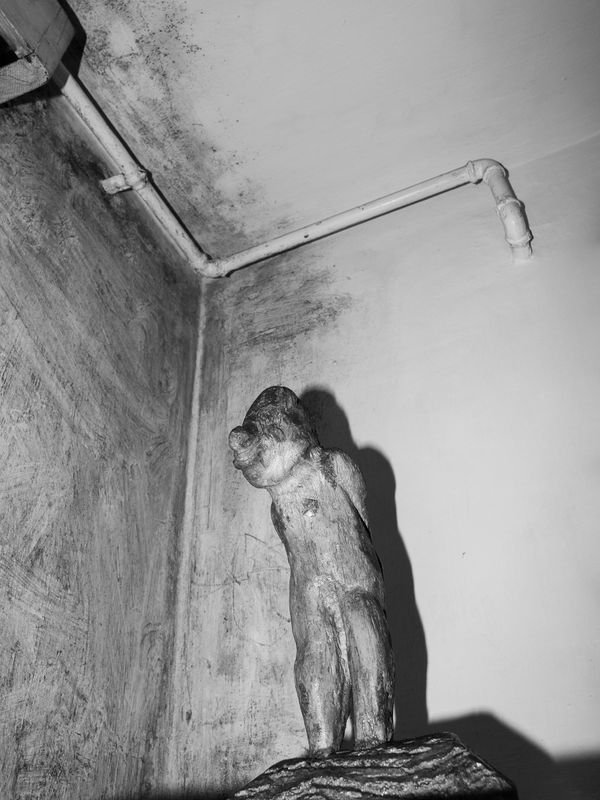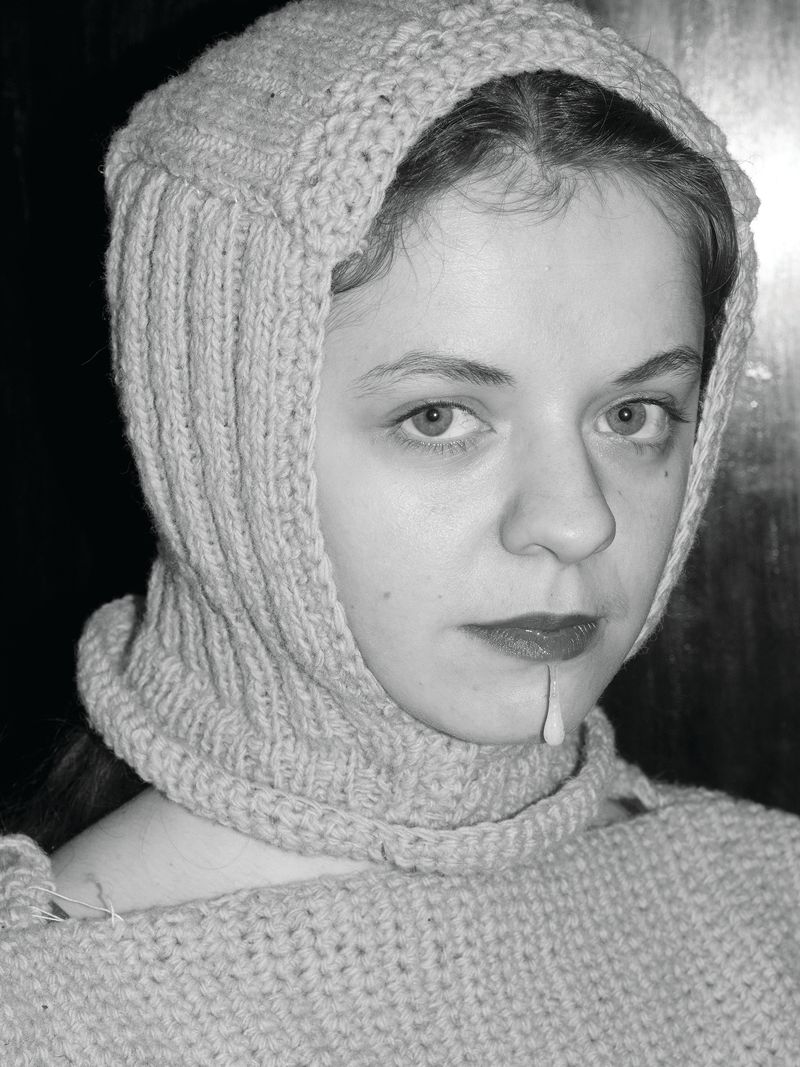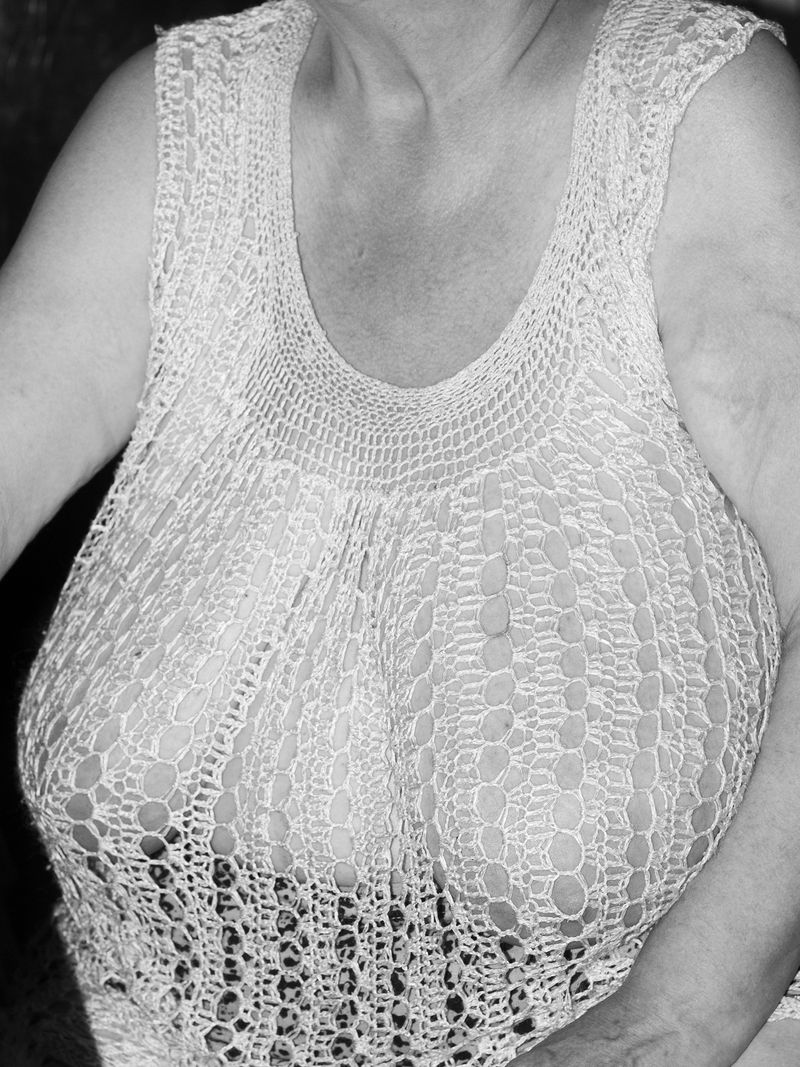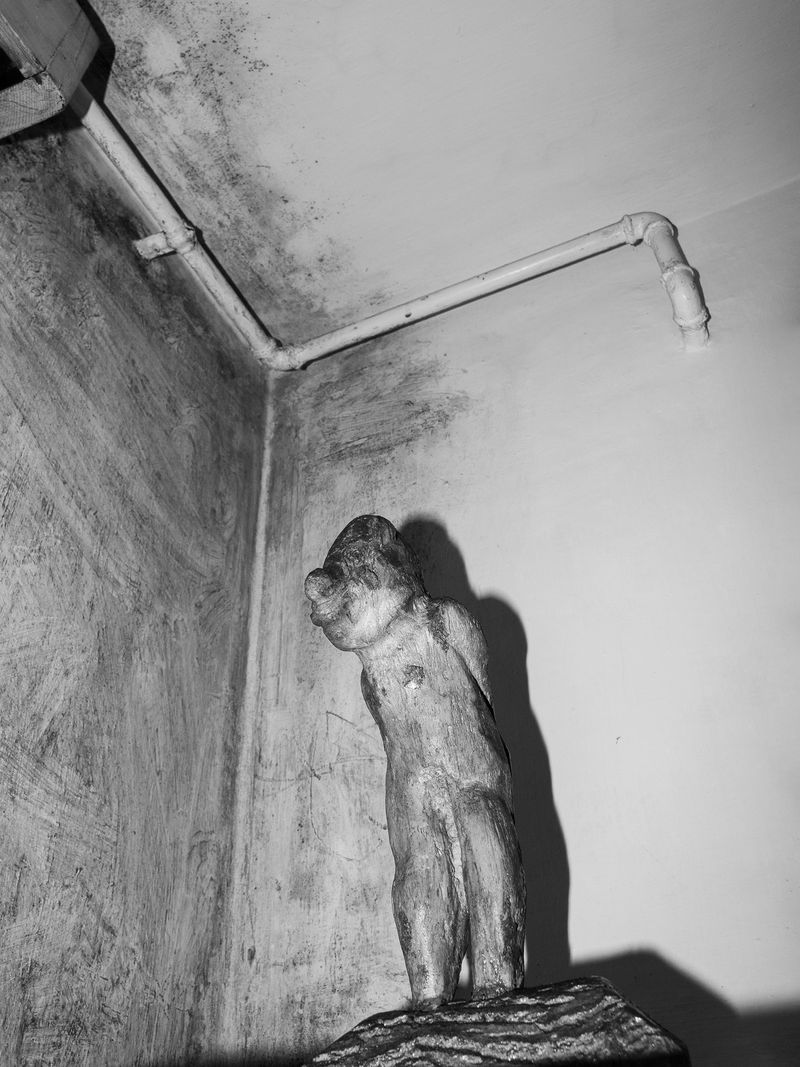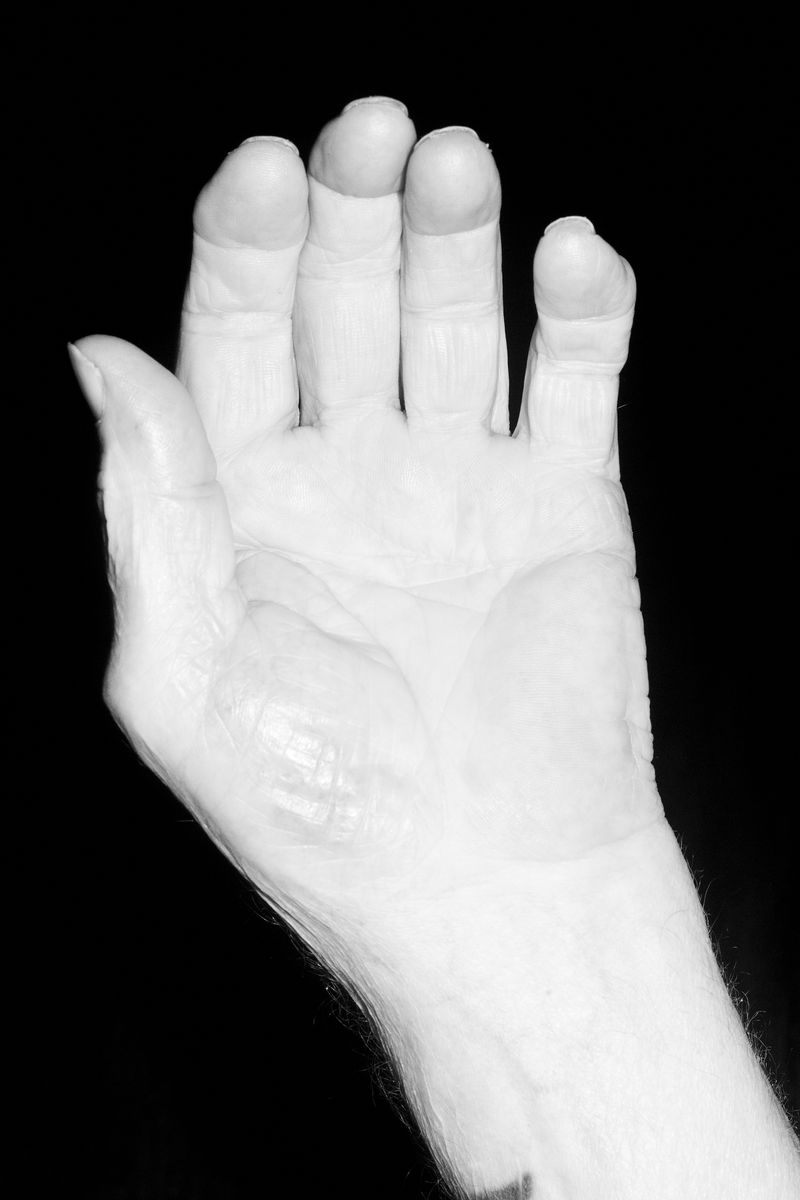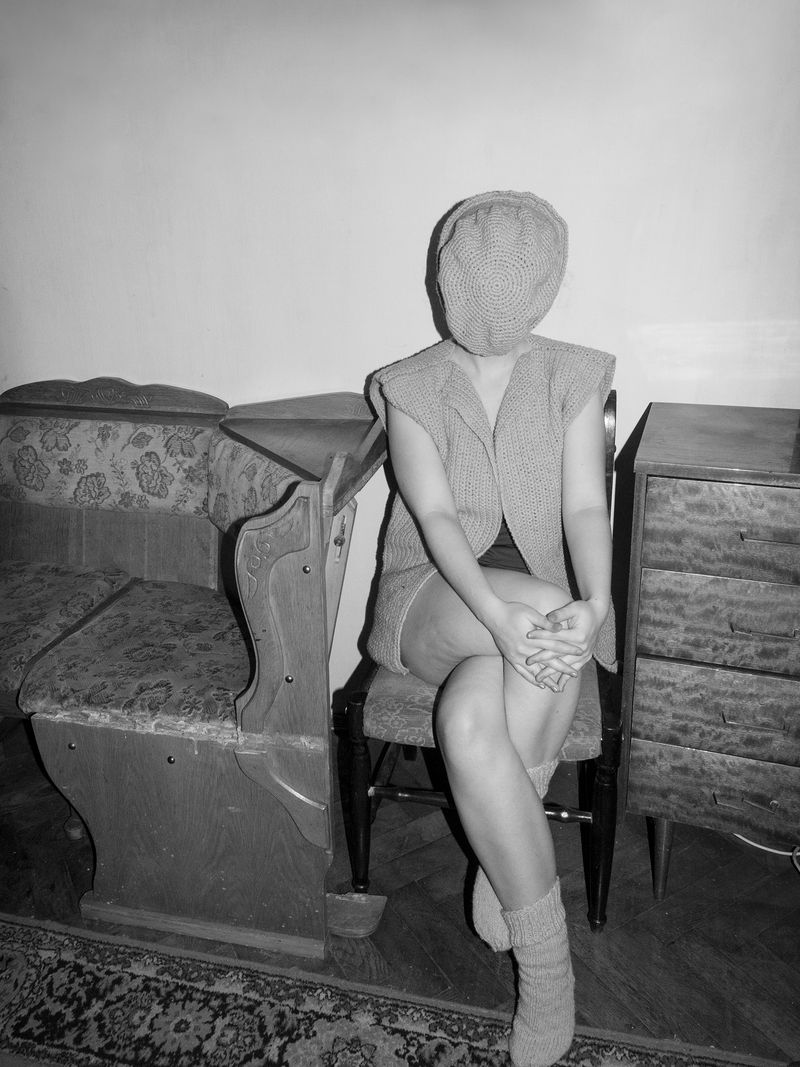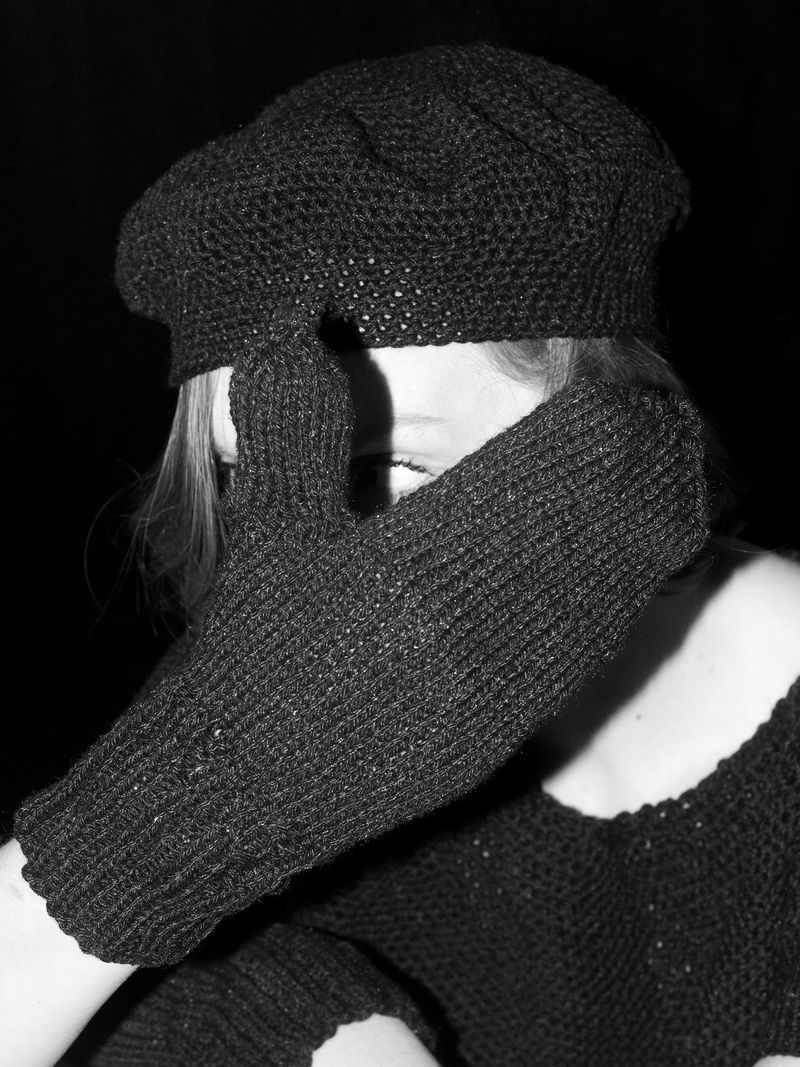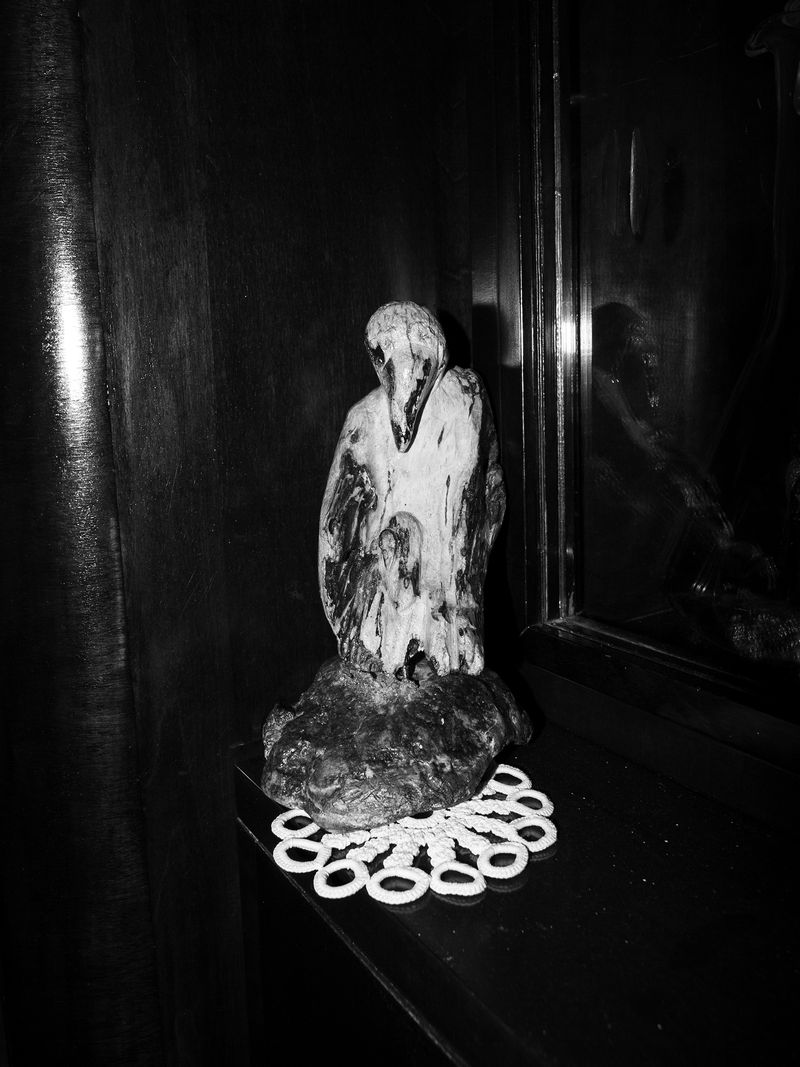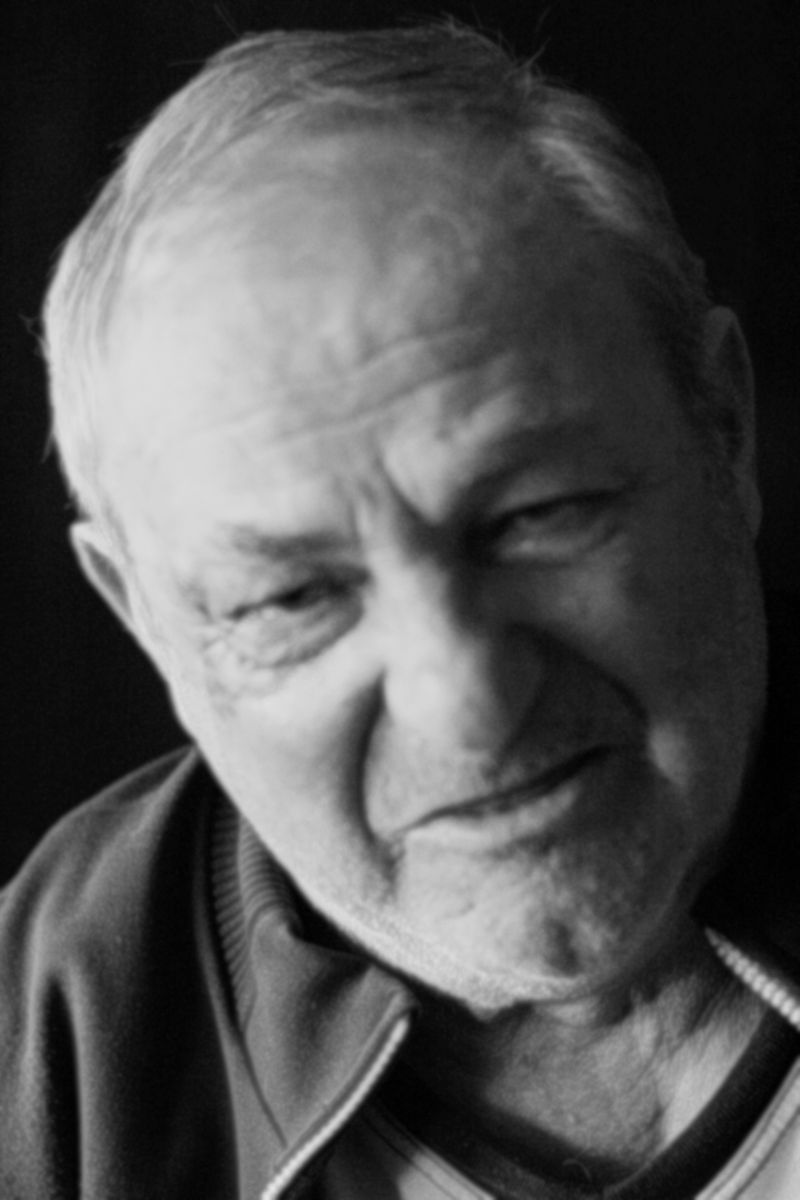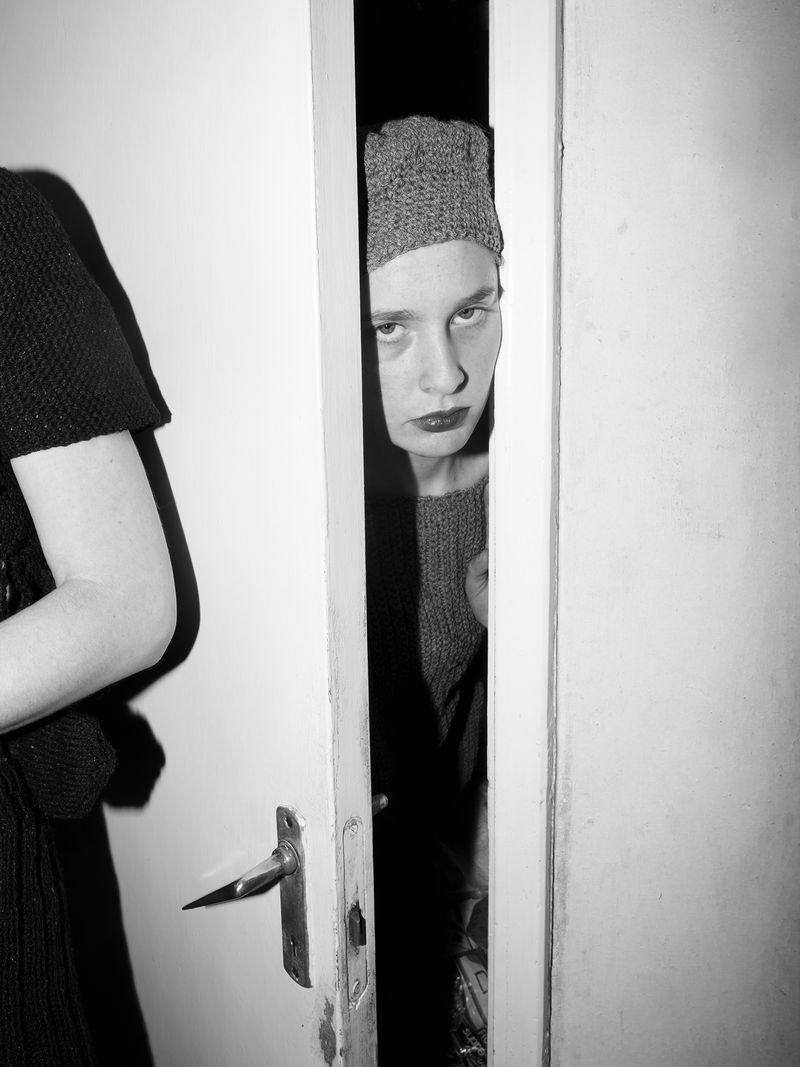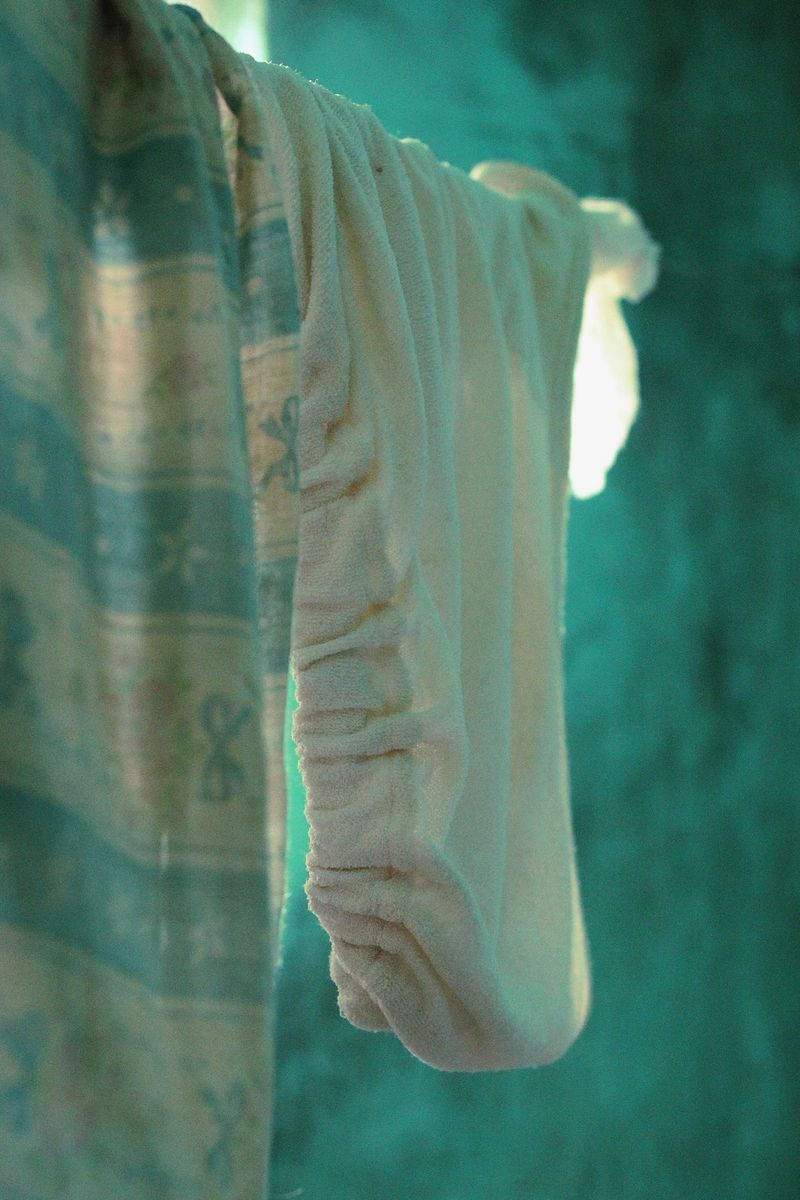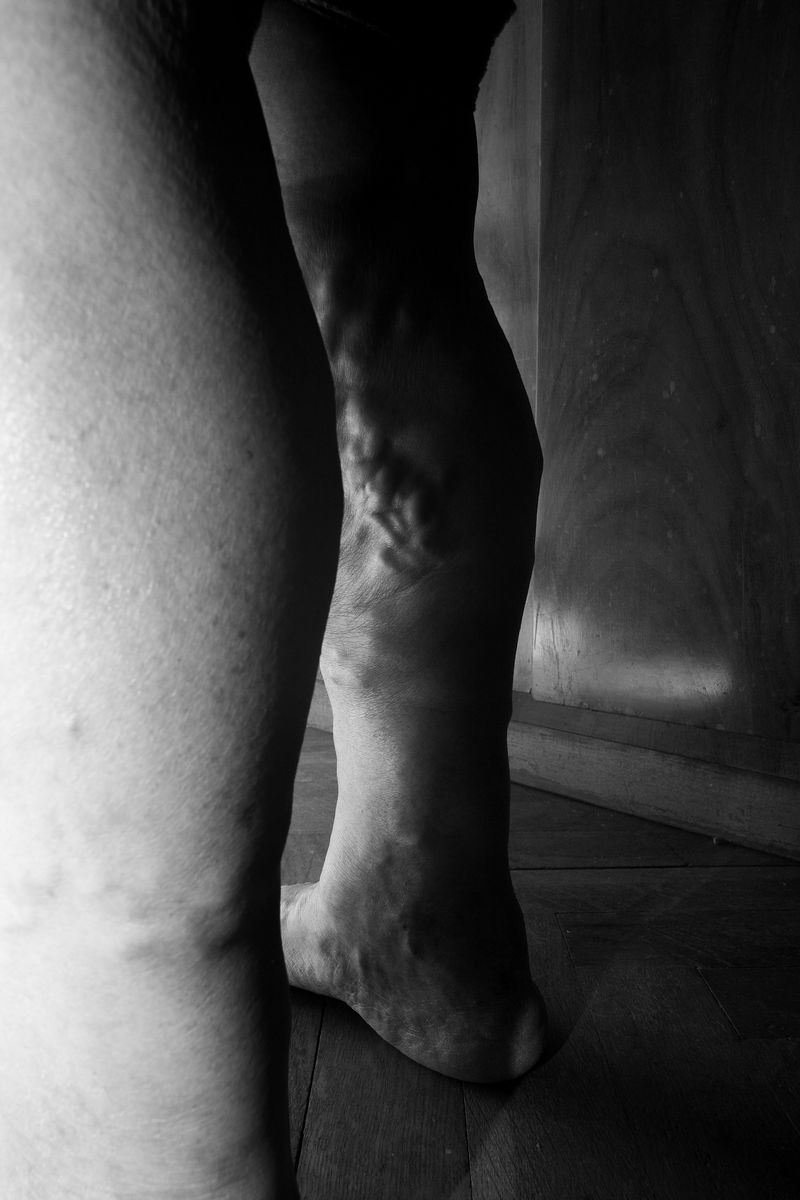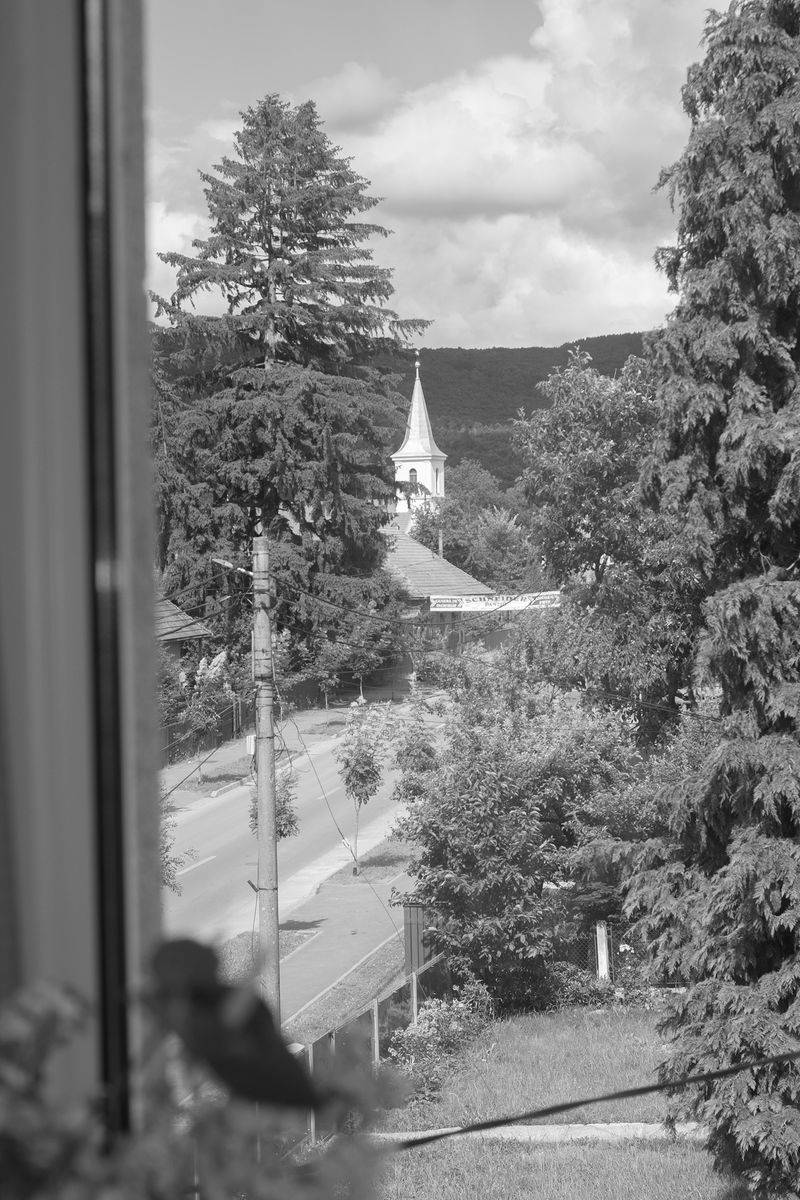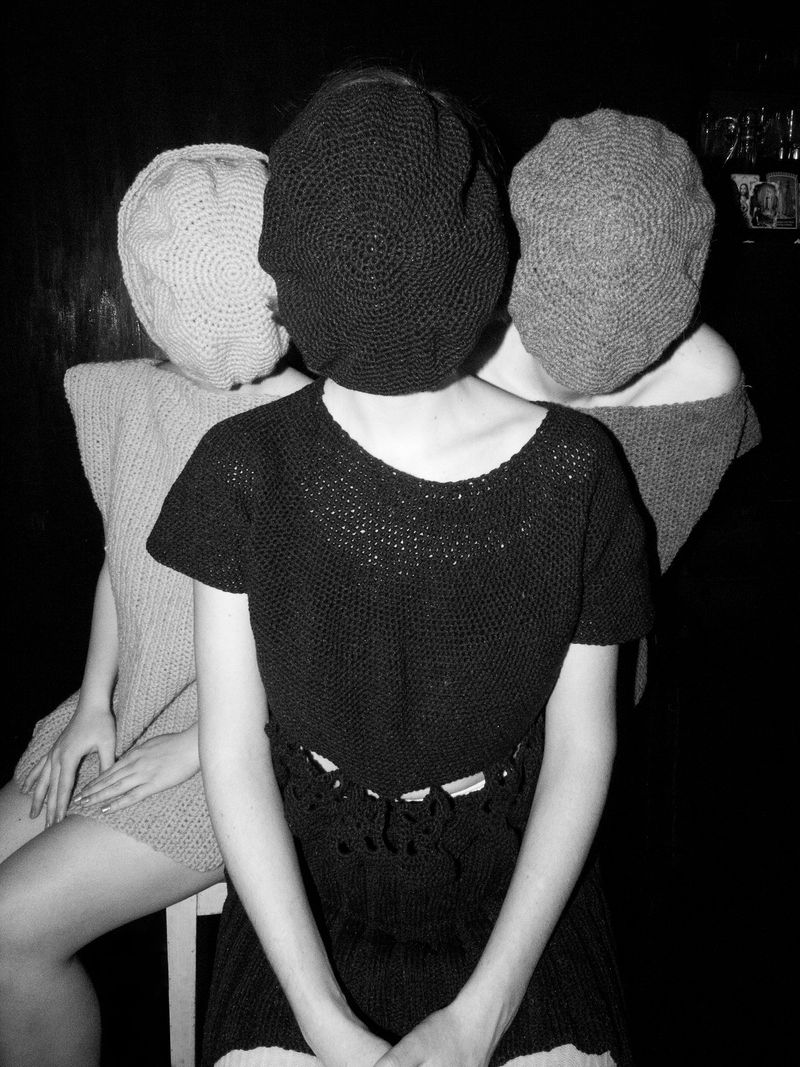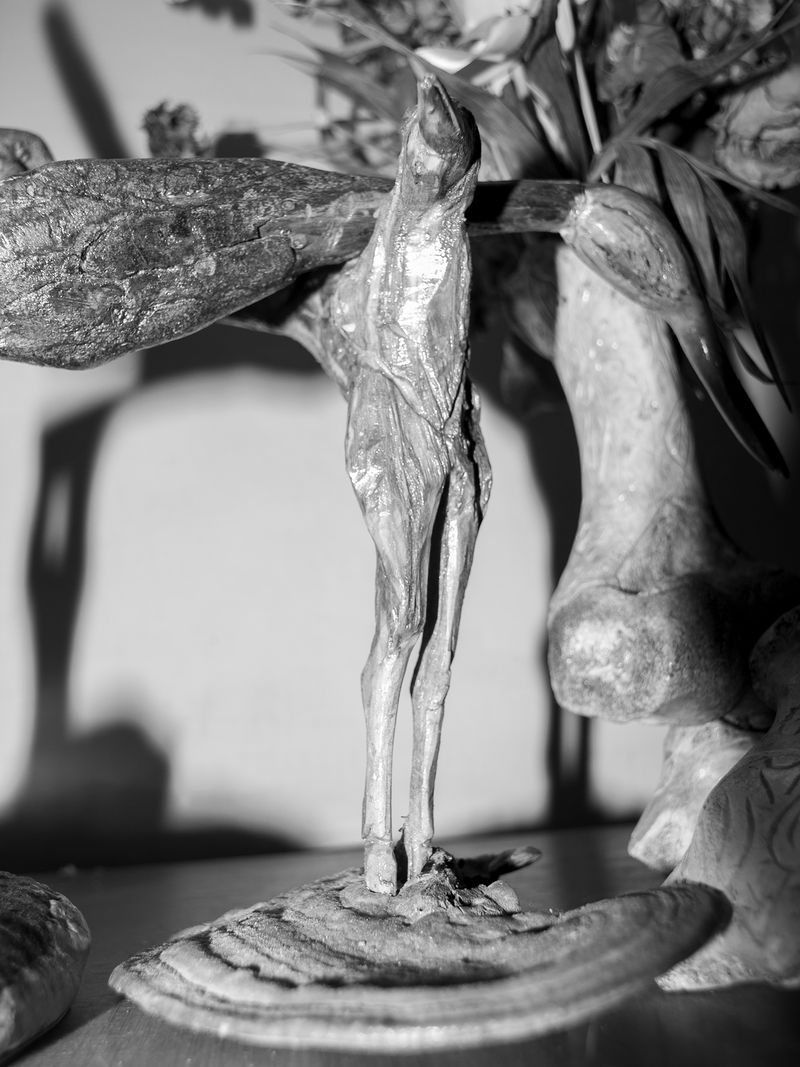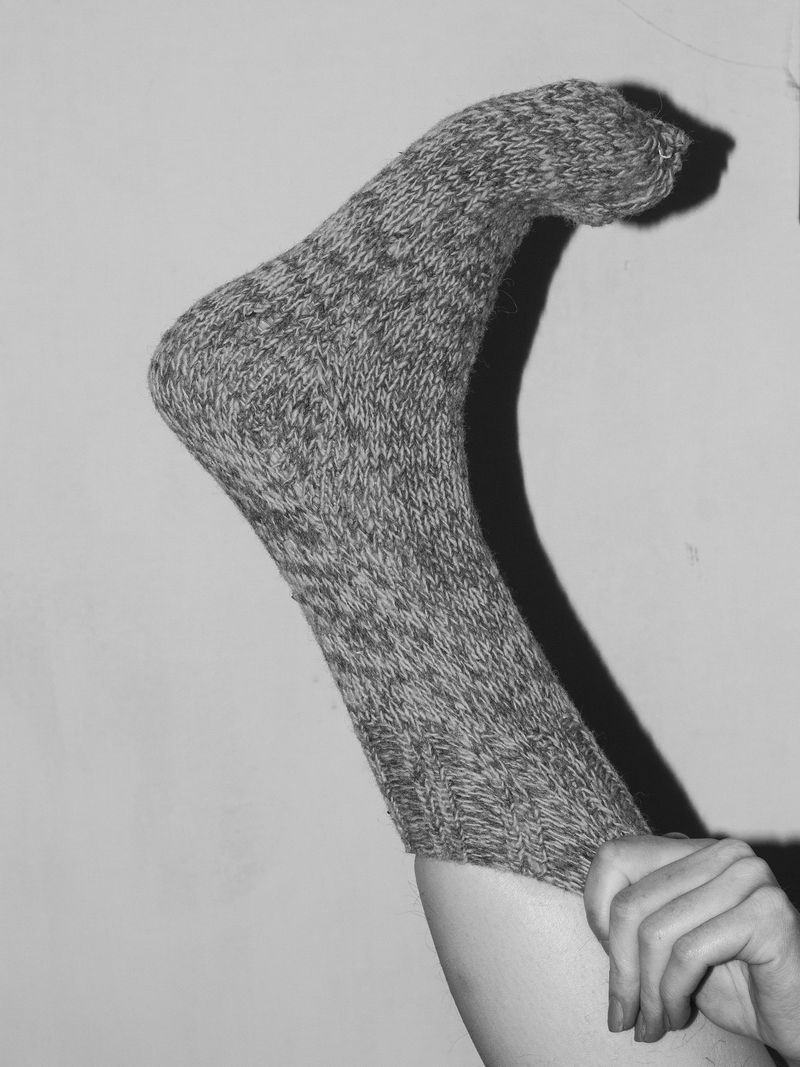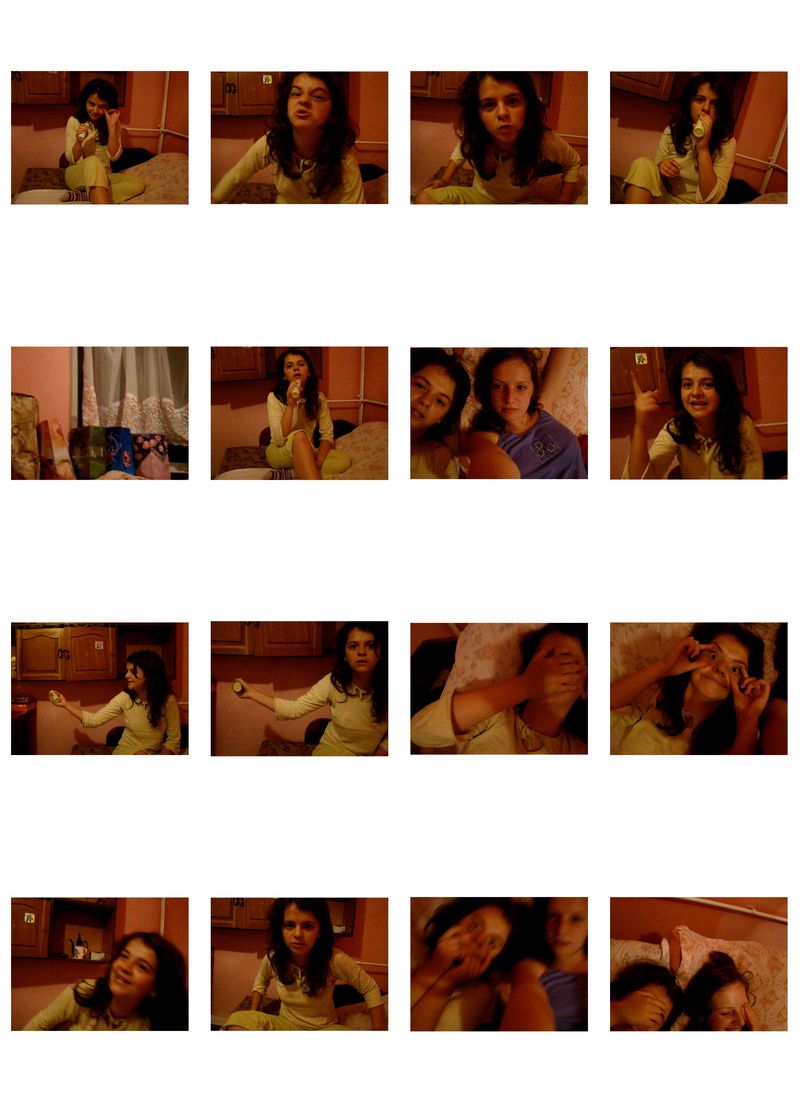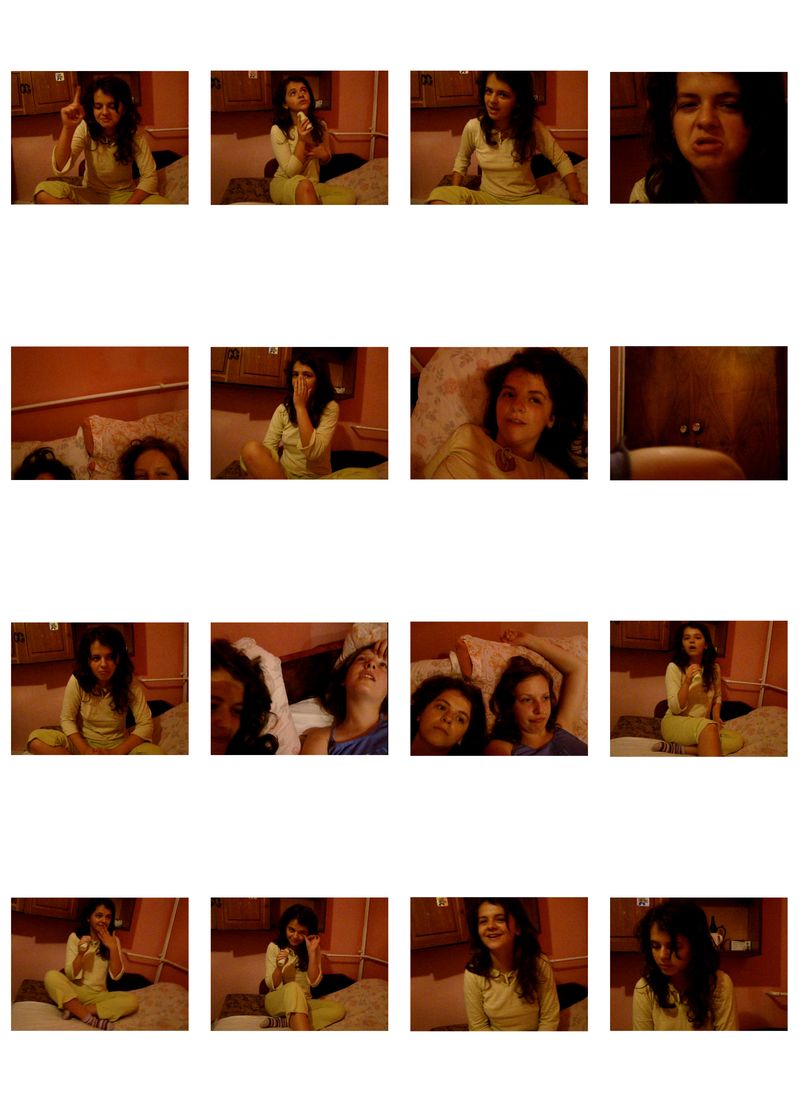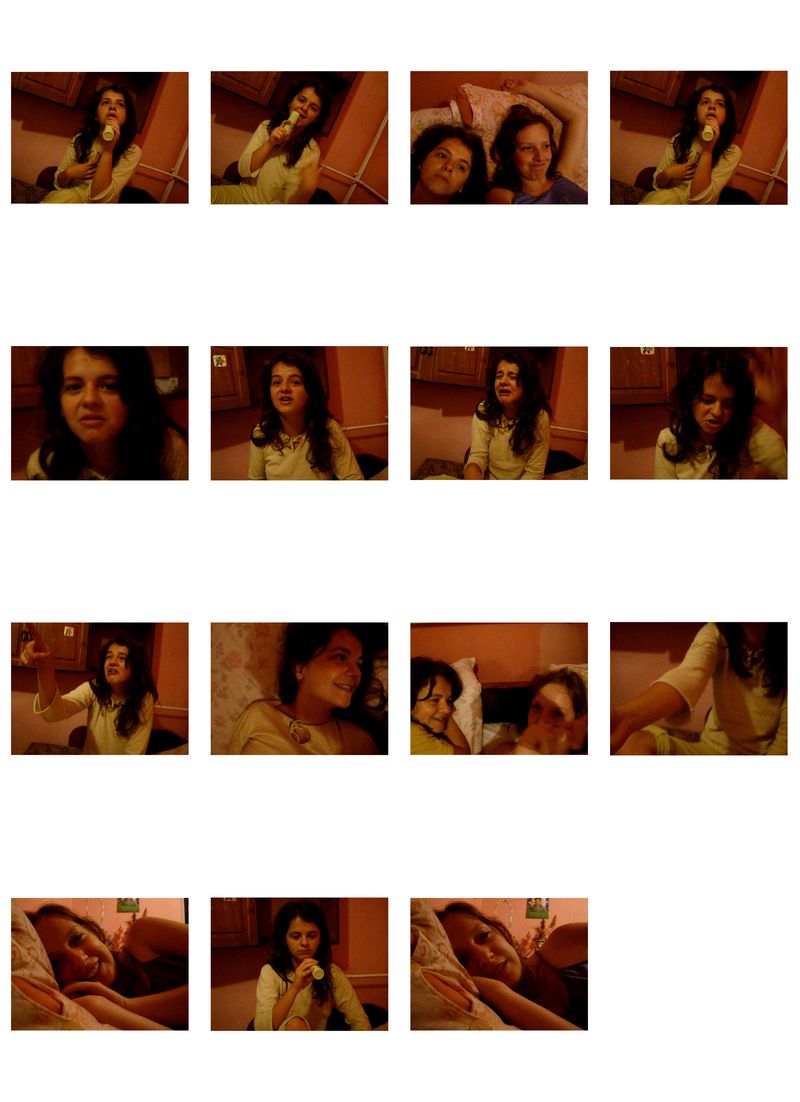Kincső Bede: The Art of Pista
-
Dates2015 - 2023
-
Author
- Topics Archive, Awards, Contemporary Issues, Documentary, Fine Art
Grandfather always destroyed everything around him.Photographing my female family members (inc. myself) that have been surrounding Pista through his life is my attempt to turn his destruction energy into creative one.These photo rituals are about healing.
My series The Art of Pista (2015-2023) is something that I actually photographed from childhood until my grandfather died in 2021. I thought for a long time that I was documenting and it was very late that I was able to articulate to myself that the photo camera was actually a shield for me, it protected me from being part of the story. Pista was my grandfather, who always destroyed everything around him. Photographing women, my female family members (including myself) that have been surrounding Pista through his life is my attempt to turn his destruction energy into creative one. These photo rituals are about healing.
Pista, my grandfather is the protagonist, the spirit of the photographs, the photo series is about him. About him who caused me the most pain, and not only to me, but to the people I love the most in this world. Pista was born in Hungary in 1943, on a train. His greatest passions were football and alcohol. He lost his father when he was a baby, and then his mother when he was 18 years old. He was an orphan, a lost soul who suffered a lot and because of whom many people suffered. Between 2005 and 2010, alongside football matches and alcohol, he retreated to a hut and created sculptures in a self-taught manner. Their apartment is full of these wooden sculptures and monsters. Nobody was ever interested in them, for a very long time they were the most natural things on top of the cupboard.
I have been photographing Pista and my grandmother since about 2015. At first only out of internal compulsion, fear. I had an eternal fear that one day Pista would die and I would never have a point of connection with my grandfather. My project also includes photos that I took of them a long time ago, in 2015, when I didn't have any goals with photography, I was just trying to remove them from myself through the photographs. I tried to accept our common situation, especially Pista's nature and my grandmother's decisions.
Many times I felt that if I could not photograph them, I would go crazy. The situation was ambivalent, because photography managed to distance them from me, but at the same time it served as a point of connection and gave space to our common truth.
Pista caused a lot of pain, but I owe the most to him and his sculptures, his monsters, because these objects and the feelings they evoke led me to figure out what and how I want to show from this world as an artist.
Pista showed me what my ars poetic is and where my truth is. I learned from him that nothing can ease my soul more than experiencing, practicing and expressing difficult emotions in art.
My project is divided into three parts: Fear (2015-2019), Confrontation (2019-2020) and Forgiveness (2021-2023). The first chapter, Fear, is about the period when I was most afraid and did not yet know why I was photographing them. The blurry portrait of a drunken Pista is the only picture I took of him, and since then I have never been able to photograph him. The second chapter, Contfrontation, is about the period when I understood my feelings and motivations, and it was then that I became interested in Pista's sculptures. It was then that the most defining photograph of my life was taken, the first photo in which I recognized myself. The photo shows my grandmother in front of the window with a curtain over her head.
I started the third big chapter, Forgiveness, after Pista's death. The photographs are about letting go, but also about the motivations of the survivors. "If it weren't for knitting, I don't know if I would still be alive!" said my grandmother. After Pista's death, my grandmother was left alone. We love her very much and we fear for her very much. She hasn't crossed the threshold of their apartment in 15 years. She is afraid of people and electricity. We were afraid of what would happen to her without Pista, so we invented tasks for her. My grandmother actually knits a collection of love. Clothes that I then photograph on her grandchildren, on myself and on my cousins.
Pista died in October 2021 of cirrhosis of the liver. These pictures are about him and me.
I strive for totality in both the media, genre composition of the material, and in the installation. The work does not consist solely of photographs taken by me, but also of props and sculptures left over from Pista's life and art, as well as documents, letters, photos, other objects, and video work. Among them, a wardrobe plays a very important role, in which I would like to place a large portrait of my grandfather. Thus, the real way to present the series is through an exhibition, a site-specific installation in several spaces and rooms.
I don't want to recreate Pista's and my grandmother's house, its interior spaces and living conditions exactly, I don't want to repeat it. Also my aim is not to create a portrait of a person, but to show a kind of psychological, subconscious tableau of our relationships. A spatial tableau, a labyrinth, which is not only for the eyes, but also for hearing, touch and perhaps smell, mobilizes our senses and depicts my relationship with my grandfather and myself and my memories in the greatest possible compactness.
I don't want my work to be a presentation of a single perspective or emotion, but of feelings, fragments of thoughts, images that are often not even realized, the comforting and terrifying, the homely and the homeless, love and hate, rejection and acceptance, which can be interpreted in various ways and in a multidirectional movement. I want to show the inseparable and ambivalent intertwining of voices and lives, my grandfather's, grandmother's and my own.
"The Art of Pista", although very personal and even diary-like, may seem like work that is only important to me, but I believe that what is personal is also social. Pista did not exist as an enclosure in an empty space, but was a part and imprint of the world, society, and a prisoner of its dynamics, in which we still live today, from which we could not really get out even today, which was passed on. My grandfather's and grandmother's relationship and the way I look at them can be both familiar and unfamiliar to many people, homely foreign and terrifying.
